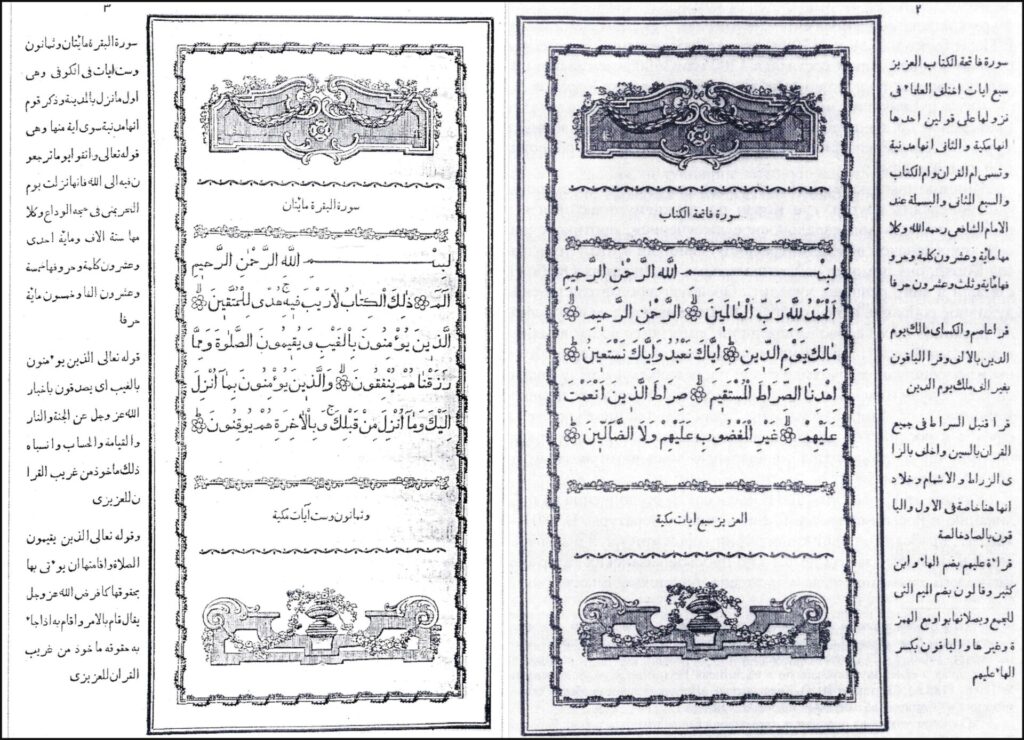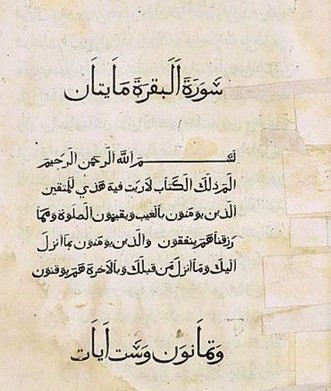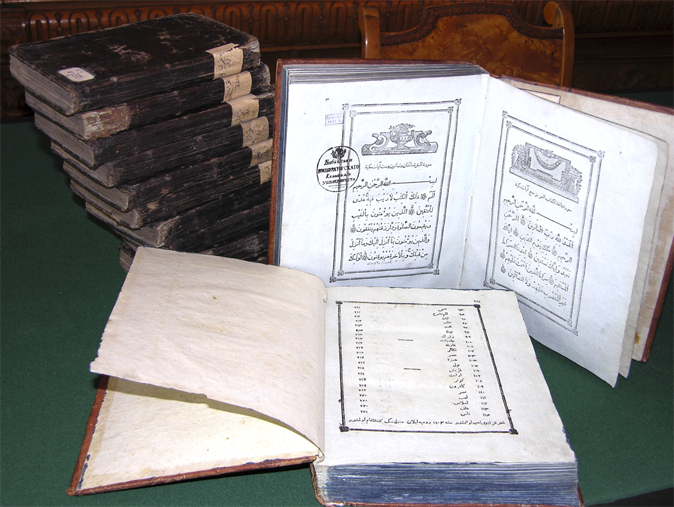St. Petersburg Editions of the Quran
18.03.2025

Today, we will tell you about the history of Quran printing in St. Petersburg.
In 1783, Russian Empress Catherine II signed a decree on free printing
houses. This document allowed private individuals to be published. As a result,
printing houses began to appear in the capitals and later in provincial towns too.
There is a demand for books based on Arabic script and religious contents. The
Asiatic Printing House of Johann Karl Schnoor in St. Petersburg was one of the
first printing houses to satisfy this demand.
The complete Arabic text of the Quran was printed here for the first time in
Russia in 1787. By the order of Catherine II, it was published in an edition of 1200
copies.
We can see the first pages of the 1787 edition from Catherine II’s personal
library in the photo. Today, this book is preserved in the Russian National Library
in St. Petersburg.
The text was prepared for printing by the Tatar calligrapher Usman Ismail,
who also was a knowledgeable regarding the Quran. The Quran was printed using
a special script based on the handwriting of Uthman Ismail himself. He also
prepared explanations on how to read the text, which were placed in the margins of
the main text of Quran. These features allow researchers to speak of the Islamic
character of the St. Petersburg Quran, setting it apart from its European
predecessors.
Over the next 10 years, this edition of the Quran was reprinted six times.
The copy print varied from 1200 to 3600 copies.
The printing of the Quran in Russia continued even after Catherine II’s
death. In 1798, by order of Paul I, the Quran was published at the “Senate” printing
house in St. Petersburg.
By this time, Schnoor’s printing house had already closed. Later, part of its
equipment and fonts were moved to Kazan, where mass printing of the Quran
would begin. We will talk about that next time.
In 1783, Russian Empress Catherine II signed a decree on free printing
houses. This document allowed private individuals to be published. As a result,
printing houses began to appear in the capitals and later in provincial towns too.
There is a demand for books based on Arabic script and religious contents. The
Asiatic Printing House of Johann Karl Schnoor in St. Petersburg was one of the
first printing houses to satisfy this demand.
The complete Arabic text of the Quran was printed here for the first time in
Russia in 1787. By the order of Catherine II, it was published in an edition of 1200
copies.
We can see the first pages of the 1787 edition from Catherine II’s personal
library in the photo. Today, this book is preserved in the Russian National Library
in St. Petersburg.
The text was prepared for printing by the Tatar calligrapher Usman Ismail,
who also was a knowledgeable regarding the Quran. The Quran was printed using
a special script based on the handwriting of Uthman Ismail himself. He also
prepared explanations on how to read the text, which were placed in the margins of
the main text of Quran. These features allow researchers to speak of the Islamic
character of the St. Petersburg Quran, setting it apart from its European
predecessors.
Over the next 10 years, this edition of the Quran was reprinted six times.
The copy print varied from 1200 to 3600 copies.
The printing of the Quran in Russia continued even after Catherine II’s
death. In 1798, by order of Paul I, the Quran was published at the “Senate” printing
house in St. Petersburg.
By this time, Schnoor’s printing house had already closed. Later, part of its
equipment and fonts were moved to Kazan, where mass printing of the Quran
would begin. We will talk about that next time.


